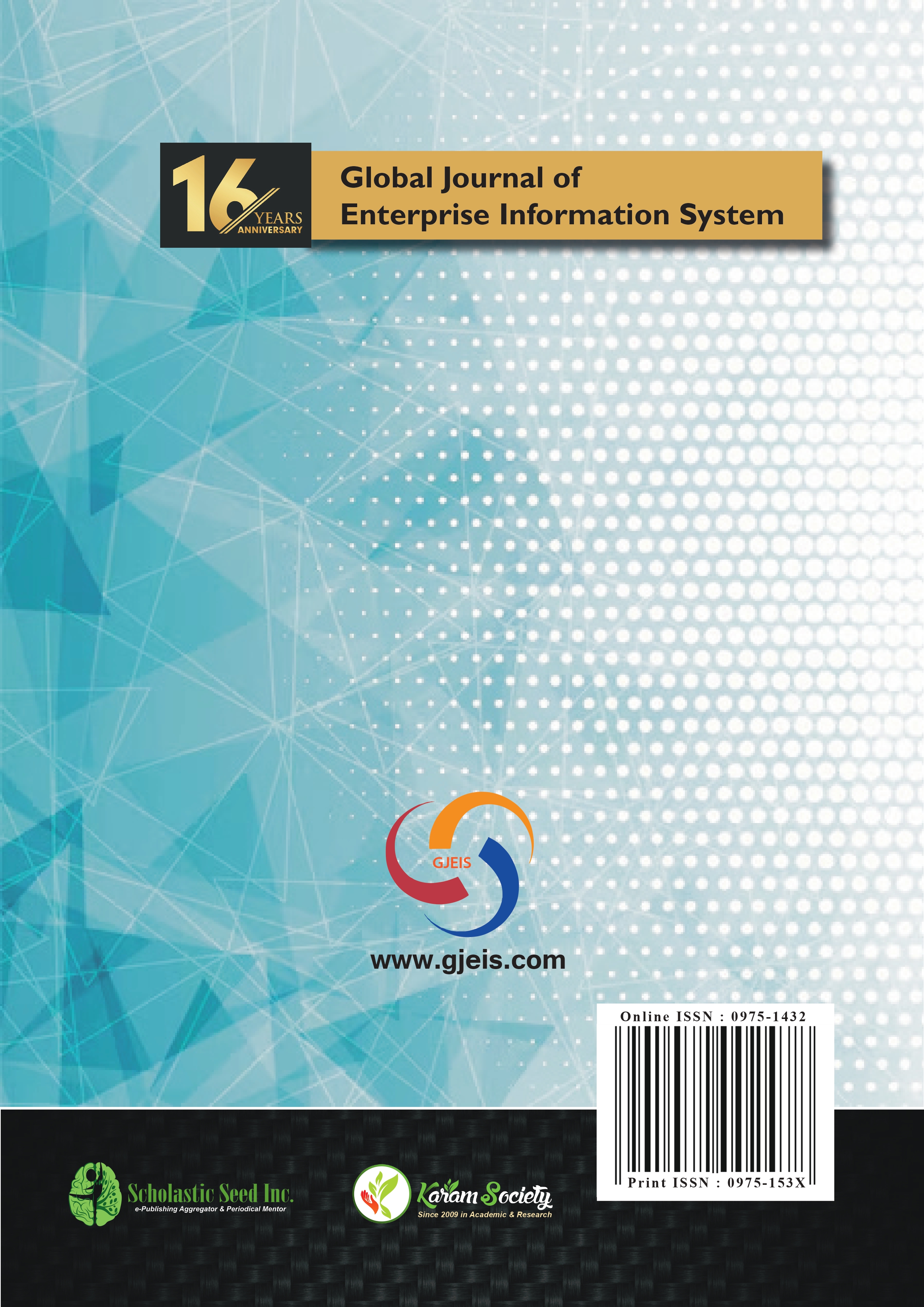Confronting the Virtual Sea of Fake Medicines on the Web: The Battle Continues
Abstract
Purpose: The World Health Organization identified the problem of counterfeit medicines over three decades ago. Yet, the rise in the deaths of people taking opioids from illicit online sales is just one example of the growth of digital drug dealers peddling an array of fake medicines through illegal online pharmacies. Estimating the size of counterfeit trade in pharmaceuticals is a monumental task since the web is literally littered with illegal pharmacies that lure naïve consumers through various social media sites. Several agencies, such as the Center for Safe Internet Pharmacies (CSIP) strive to educate consumers about the need to verify these websites before purchasing their pharmaceuticals. The debate continues about whether consumers will authenticate the pharmaceutical product that arrives from the online pharmacy—a holographic image can be affixed to pharmaceutical packaging that just requires the sun to reveal the dual color images. The discussion in this article centers on illustrating the size and growth of illegitimate pharmaceuticals; debating the ability to measure harm to unsuspecting consumers; describing supply chain vulnerability and the criminal groups involved in pharmaceutical crime; highlighting the enormous profitability of the illicit trade; and concluding with a few anti counterfeiting tactics designed to thwart the problem.
Design/Methodology/Approach: Descriptive study
Findings: There are a variety of trends related to battling the growth of counterfeit pharmaceuticals that have been highlighted in this paper. Overall, the illicit trade in this sector must be monitored and studied in more
Copyright (c) 2020 Global Journal of Enterprise Information System

This work is licensed under a Creative Commons Attribution-NonCommercial-NoDerivatives 4.0 International License.








